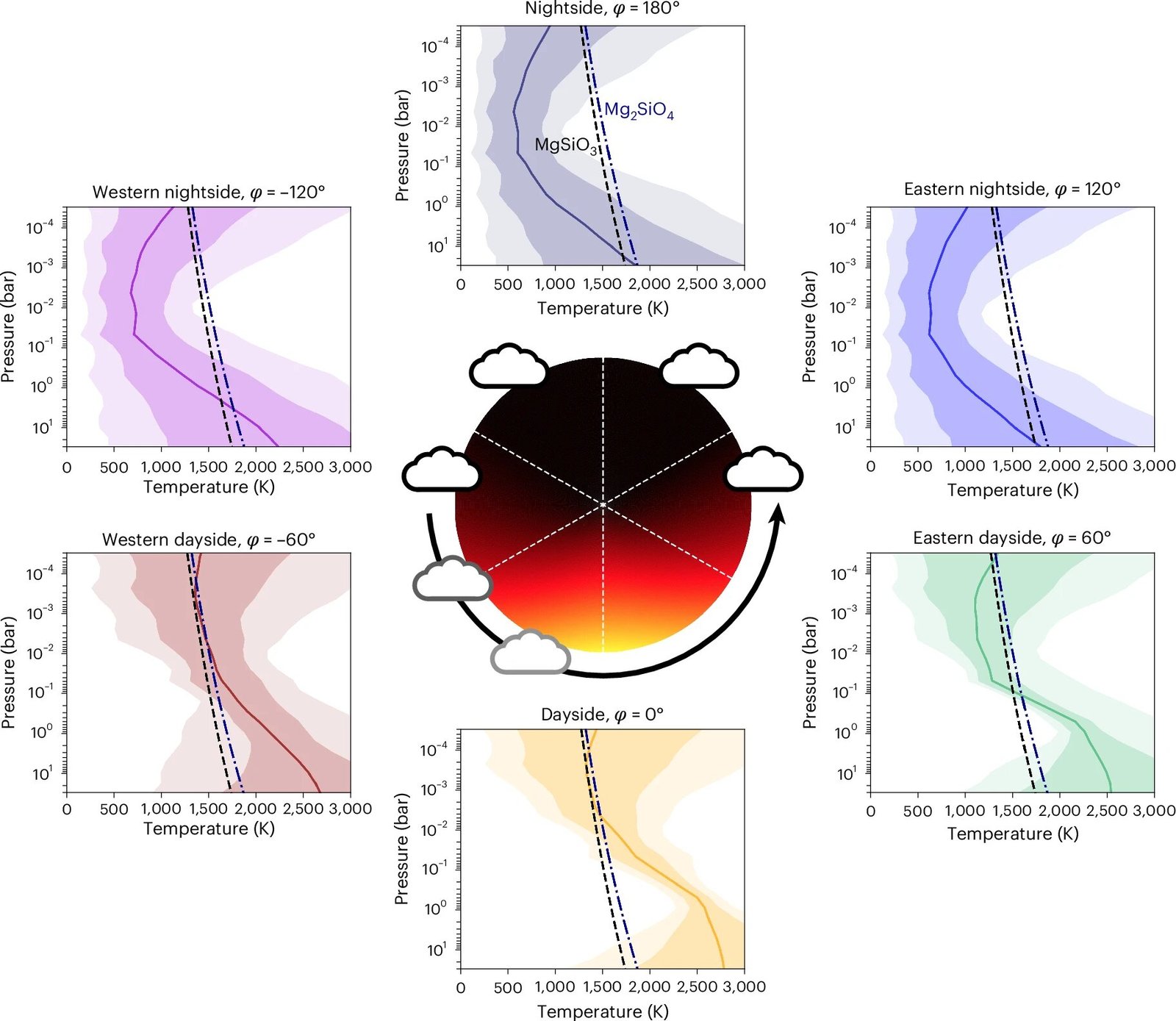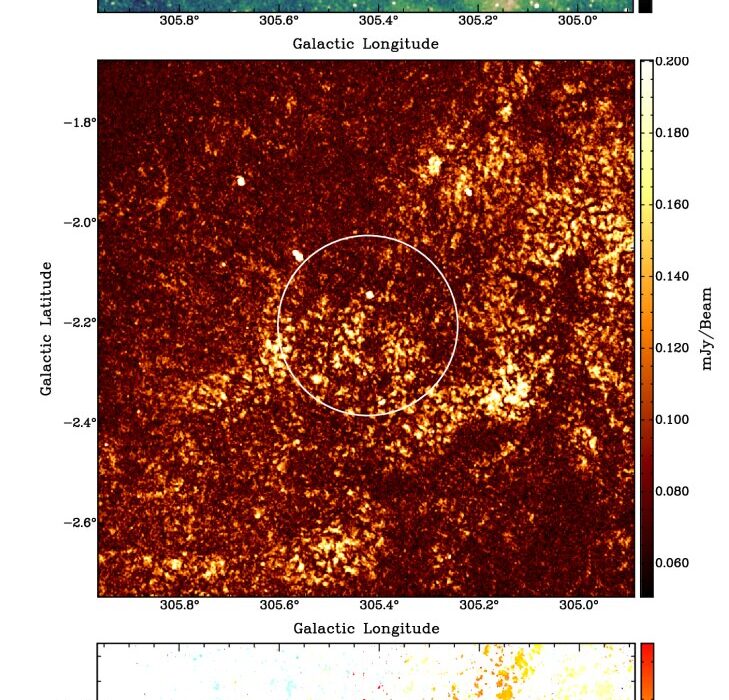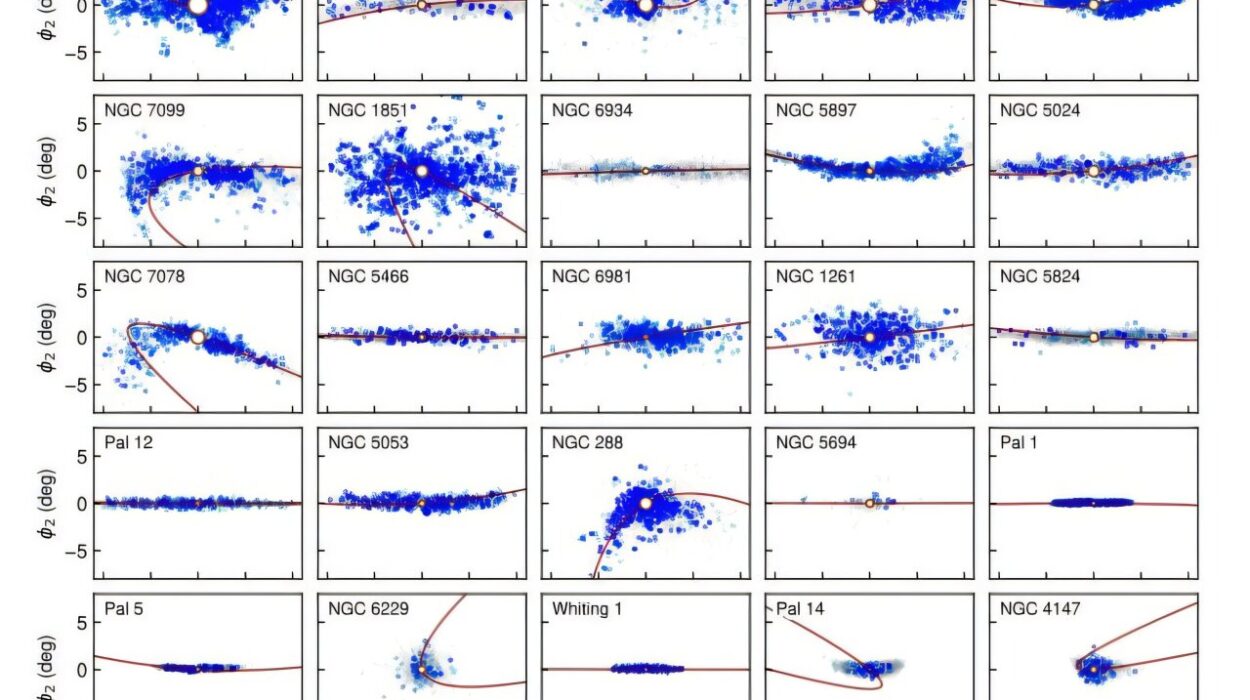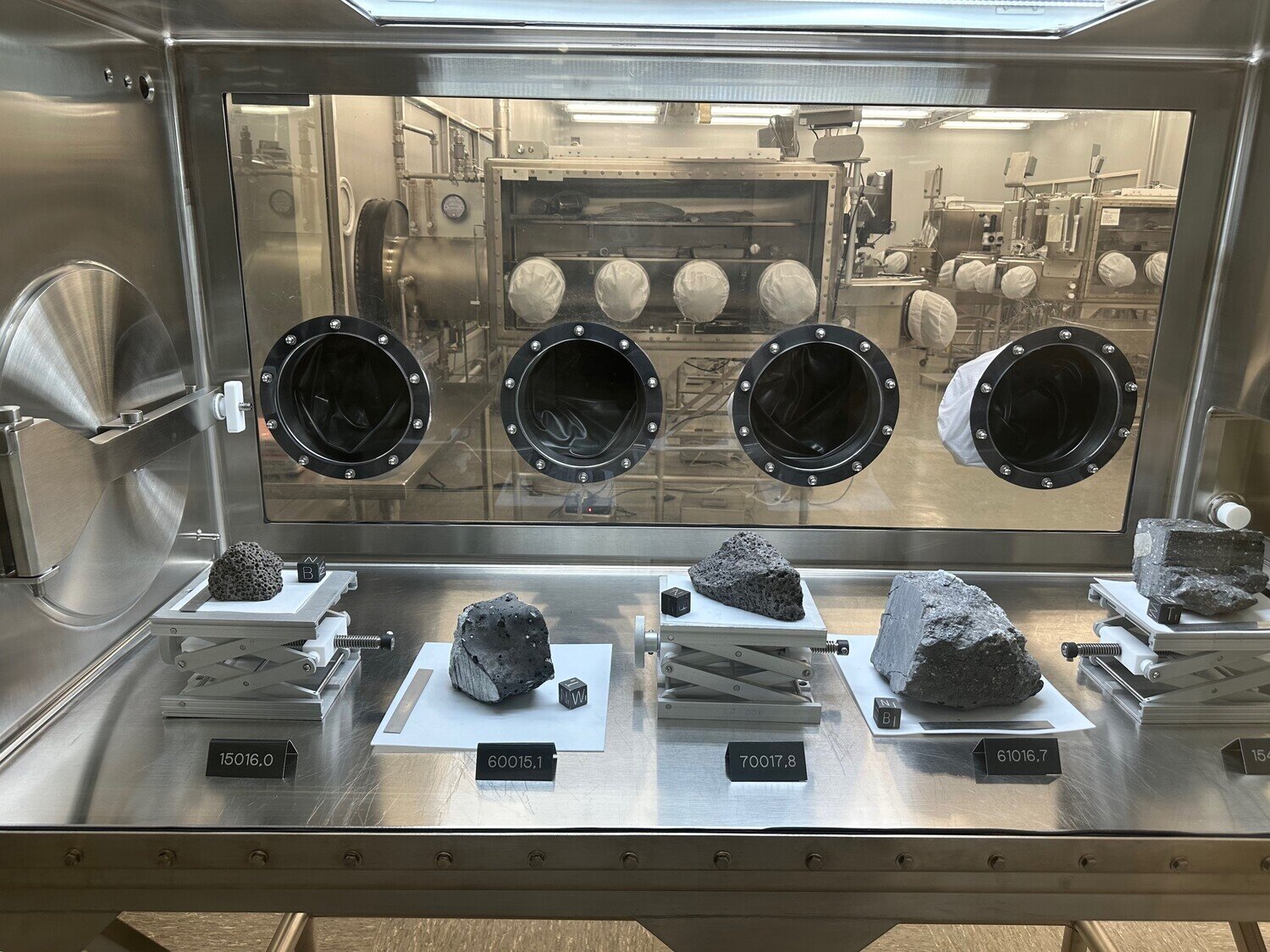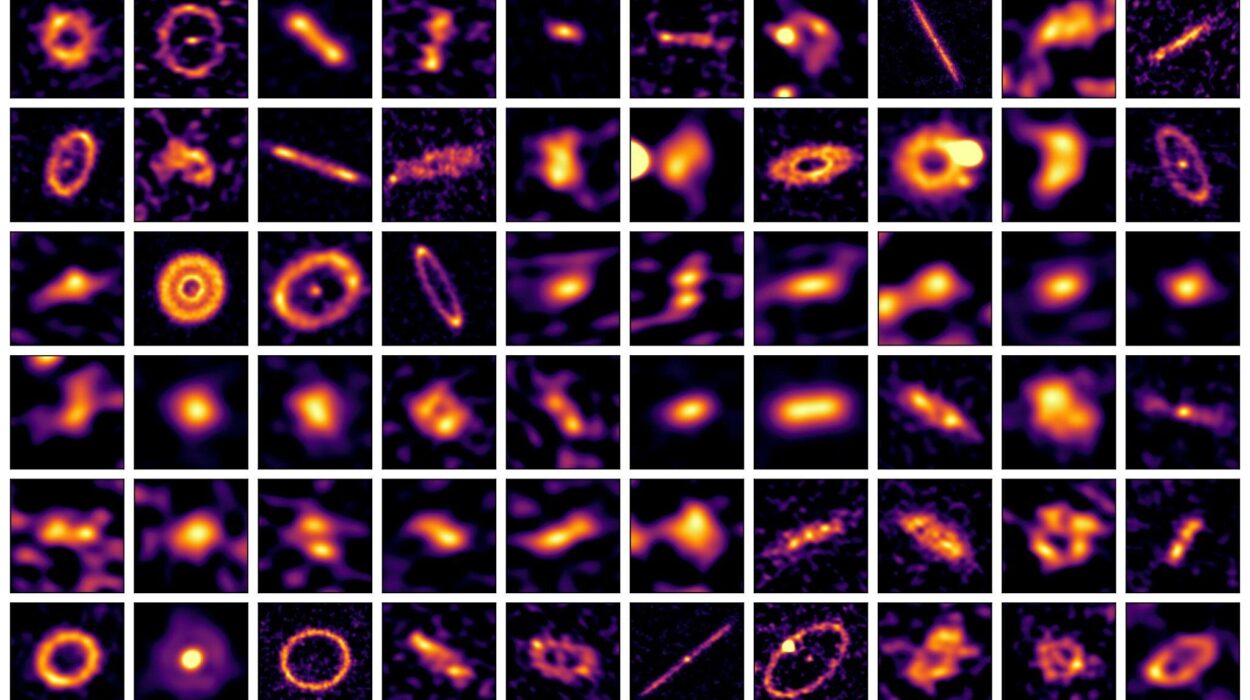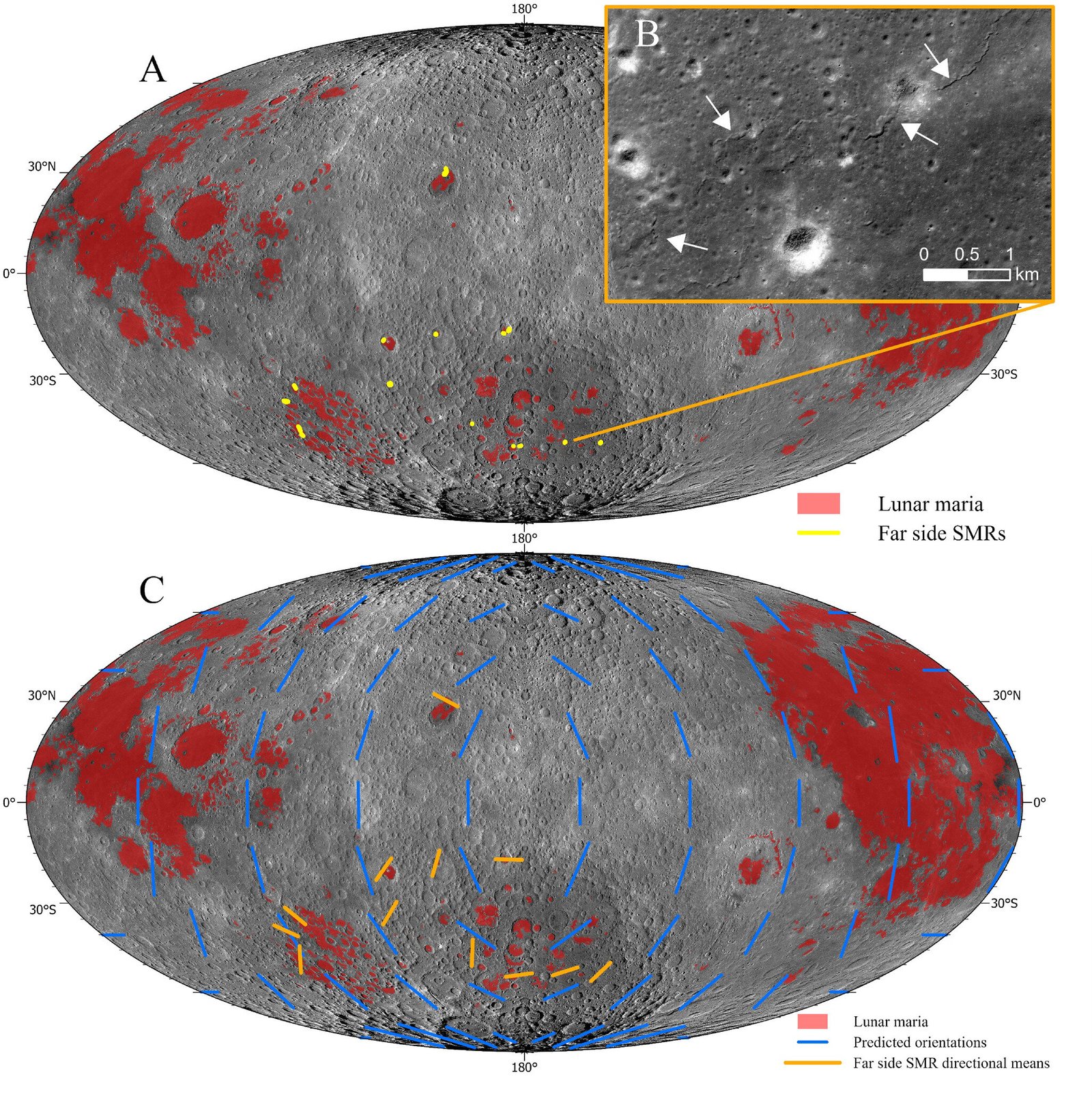A team of international researchers, including Dr. Jake Taylor from the Department of Physics at the University of Oxford, has made an exciting new discovery about the exotic atmosphere of a rare exoplanet known as LTT 9779 b. This ultra-hot Neptune, located in the hot Neptune desert, is an intriguing subject for study due to its unique atmospheric conditions and its rarity. The team’s findings, published on February 25, 2025, in the prestigious journal Nature Astronomy, shed new light on this distant world and its extreme environmental features, offering valuable insights into the evolution of planetary atmospheres under intense conditions.
LTT 9779 b: A Rare and Extreme World
LTT 9779 b is part of an elusive category of exoplanets called ultra-hot Neptunes, which are similar in size to Neptune but orbit very close to their host stars. These planets have become increasingly difficult to study due to their rarity, with very few examples known to exist in the hot Neptune desert—a term used to describe the region of space where such planets are scarcely found. While the more common hot Jupiters—giant planets in close proximity to their stars—are often detected by current exoplanet-finding techniques, ultra-hot Neptunes like LTT 9779 b offer a unique challenge to scientists.
As Louis-Philippe Coulombe, a graduate student from the Université de Montréal’s Trottier Institute for Research on Exoplanets (IREx) and the leader of this study, explains, the discovery of such a planet is a remarkable one. “Finding a planet of this size so close to its host star is like finding a snowball that hasn’t melted in a fire,” he says. “It’s a testament to the diversity of planetary systems and offers a window into how planets evolve under extreme conditions.” This extreme environment makes LTT 9779 b an invaluable target for astronomers interested in understanding how atmospheres behave under the intense heat and radiation from a nearby star.
A Unique Laboratory for Alien Weather Patterns
LTT 9779 b orbits its host star in under a day, meaning its year is less than 24 hours. Due to its close proximity to its star, the planet experiences scorching temperatures reaching nearly 2,000°C on its dayside. To make the planet’s situation even more extreme, it is tidally locked, meaning one hemisphere is constantly facing its star, while the other is in perpetual darkness. This creates a stark contrast between the two sides of the planet, with the dayside exposed to unrelenting heat and the nightside shrouded in cold.
Despite the intense conditions, the research team discovered that the dayside of LTT 9779 b is home to reflective clouds, which are present in the planet’s cooler western hemisphere. These clouds create a striking contrast with the hotter eastern side, adding a new layer of complexity to the planet’s atmospheric dynamics. “This planet provides a unique laboratory to understand how clouds and the transport of heat interact in the atmospheres of highly irradiated worlds,” Coulombe says. These findings suggest that the planet’s clouds, along with the atmospheric winds, play a crucial role in redistributing heat across the planet, providing an essential piece of the puzzle for understanding how planets with extreme conditions maintain their climates.
Analysis Using the James Webb Space Telescope
To study the planet’s atmosphere in detail, the team utilized data collected from the James Webb Space Telescope (JWST), one of the most advanced astronomical instruments ever built. JWST was specifically used as part of the NEAT (NIRISS Exploration of Atmospheric Diversity of Transiting Exoplanets) Guaranteed Time Observation program. This powerful tool allowed researchers to study the atmosphere in great detail, combining multiple data sets to build a clearer picture of the planet’s characteristics.
In collaboration with Dr. Jake Taylor, Coulombe had previously conducted an initial analysis of LTT 9779 b’s atmosphere, focusing on the planet’s transmission spectrum. This initial research, published in The Astrophysical Journal Letters in 2024, hinted at the presence of high-altitude clouds. With the latest data from JWST, the team was able to confirm the existence of these clouds, marking a significant milestone in the study of exoplanet atmospheres.
The new data revealed asymmetry in the planet’s dayside reflectivity, suggesting that the distribution of heat across the planet is not uniform. This asymmetry is thought to be driven by powerful winds that transport heat across the planet’s atmosphere, redistributing energy and causing the formation of clouds in specific regions. This discovery helps refine models of how heat and energy move around exoplanet atmospheres, making the study of atmospheric dynamics more accurate and reliable.
Mapping the Atmosphere in Unprecedented Detail
One of the most significant contributions of this study is the team’s ability to create a comprehensive map of the atmosphere of LTT 9779 b. To achieve this, the researchers studied both the heat emitted by the planet and the light it reflects from its star. By observing the planet at various points in its orbit, the team was able to examine the planet’s properties at different phases. This multi-phase analysis allowed them to observe the planet in greater detail than ever before.
The study revealed that the clouds on the cooler western side of the planet are composed of silicate minerals, which form as the planet’s extreme temperatures drive chemical reactions in the atmosphere. These silicate clouds contribute to the planet’s high reflectivity, helping to explain why LTT 9779 b appears so bright in visible wavelengths. The reflective clouds bounce back much of the star’s light, further accentuating the stark contrast between the hot and cool regions of the planet.
By combining both the reflected light and the planet’s heat emissions, the team created a detailed model of the planet’s atmospheric conditions. This model helped uncover the complex balance between the intense heat from the host star and the planet’s ability to redistribute energy across its surface. The presence of water vapor in the atmosphere, detected through the team’s observations, offers further clues about the planet’s composition and the processes that govern its extreme climate.
“By modeling LTT 9779 b’s atmosphere in detail, we’re starting to unlock the processes driving its alien weather patterns,” says Professor Björn Benneke, a co-author of the study and Coulombe’s research advisor. This marks a major step forward in understanding how atmospheres on distant exoplanets evolve and interact with their host stars under extreme conditions.
Implications for Exoplanet Science
The findings of this research have far-reaching implications for our understanding of exoplanets, particularly those with extreme conditions. LTT 9779 b challenges existing models of planet formation, migration, and atmospheric evolution. By examining the planet’s unique reflective clouds and high metallicity, scientists can gain insight into how atmospheres evolve on planets subjected to intense stellar radiation.
LTT 9779 b is providing a unique opportunity to learn more about the atmospheric dynamics of smaller gas giants, which have remained relatively underexplored compared to their larger counterparts, such as hot Jupiters. As Coulombe states, “These findings give us a new lens for understanding atmospheric dynamics on smaller gas giants.” This marks just the beginning of what JWST will reveal about such exoplanets in the future.
Other instruments are also being used to study LTT 9779 b in greater detail. Dr. Taylor notes, “We haven’t finished piecing together the information about this planet yet.” Currently, additional observations are being made using the Hubble Space Telescope and the Very Large Telescope to study the dayside cloud structure in more detail, continuing to refine our understanding of this fascinating world.
The Road Ahead
As scientists continue to investigate LTT 9779 b, the planet will remain a focal point for further research into exoplanet atmospheres and alien weather systems. The new findings, coupled with advanced tools like the JWST, offer unparalleled insights into the dynamics of exoplanet atmospheres. With continued observations and the use of cutting-edge technology, researchers hope to unlock even more mysteries about LTT 9779 b and other distant worlds in the years to come.
This research underscores the remarkable diversity of planetary systems across the galaxy and highlights the importance of ongoing efforts to explore the vast unknowns of space. As scientists piece together the puzzle of how planets like LTT 9779 b evolve, they move closer to answering some of the most profound questions in astronomy and planetary science.
Reference: Louis-Philippe Coulombe et al, Highly reflective white clouds on the western dayside of an exo-Neptune, Nature Astronomy (2025). DOI: 10.1038/s41550-025-02488-9
